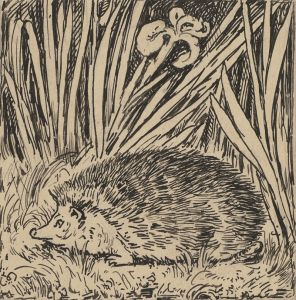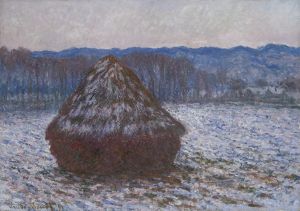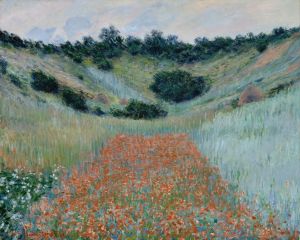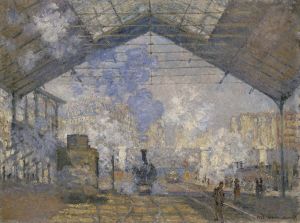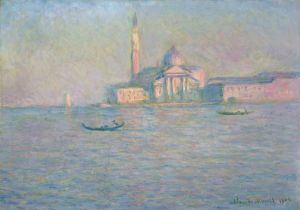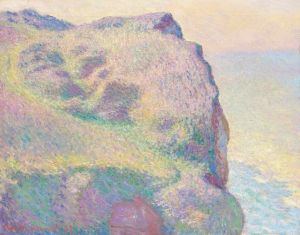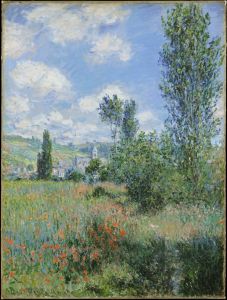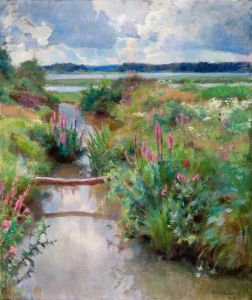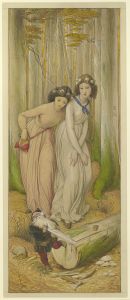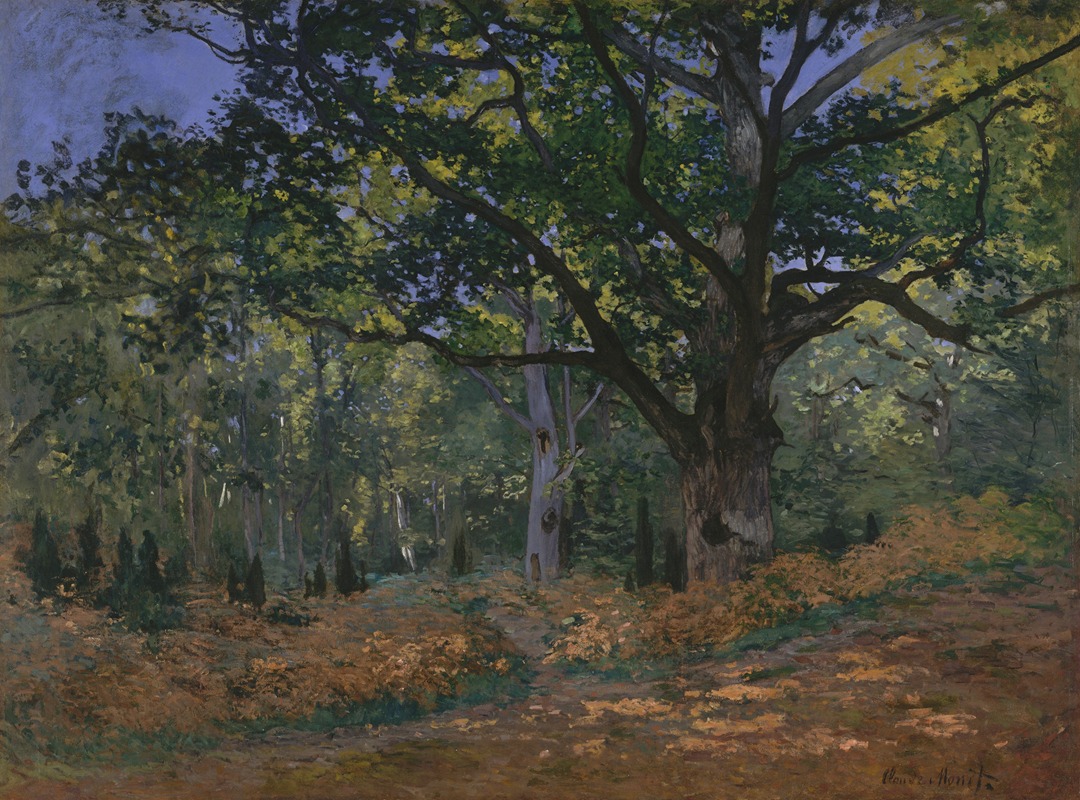
The Bodmer Oak, Fontainebleau Forest
A hand-painted replica of Claude Monet’s masterpiece The Bodmer Oak, Fontainebleau Forest, meticulously crafted by professional artists to capture the true essence of the original. Each piece is created with museum-quality canvas and rare mineral pigments, carefully painted by experienced artists with delicate brushstrokes and rich, layered colors to perfectly recreate the texture of the original artwork. Unlike machine-printed reproductions, this hand-painted version brings the painting to life, infused with the artist’s emotions and skill in every stroke. Whether for personal collection or home decoration, it instantly elevates the artistic atmosphere of any space.
The Bodmer Oak, Fontainebleau Forest is an oil painting created by the French Impressionist artist Claude Monet in 1865. The artwork depicts a large, ancient oak tree, known as the Bodmer Oak, located in the Fontainebleau Forest, a popular destination for artists during the 19th century. This forest, situated southeast of Paris, was renowned for its picturesque landscapes and dense woodlands, which provided inspiration for many painters of the Barbizon School and later Impressionists.
Monet painted this work early in his career, during a period when he was still exploring his artistic identity and experimenting with techniques. At the time, he was influenced by the Barbizon School, a group of French painters who focused on naturalistic depictions of rural landscapes. The painting reflects Monet's interest in capturing the natural environment with attention to light, texture, and detail, elements that would later become hallmarks of his Impressionist style.
The composition of The Bodmer Oak, Fontainebleau Forest centers on the massive oak tree, which dominates the scene with its sprawling branches and textured bark. Surrounding the tree is a lush forest setting, with dappled light filtering through the foliage. Monet's use of earthy tones and subtle contrasts conveys the tranquility and grandeur of the natural setting. The painting demonstrates his early mastery of plein air (outdoor) painting, a practice that allowed him to observe and depict the effects of light and atmosphere directly from nature.
This work is significant as it represents Monet's transition from traditional landscape painting to the innovative techniques that would define Impressionism. While it retains some elements of realism, such as detailed rendering of the tree and forest floor, it also hints at Monet's evolving interest in capturing fleeting moments and the interplay of light and shadow.
The Bodmer Oak, Fontainebleau Forest is part of a broader tradition of landscape painting in the Fontainebleau Forest, which attracted numerous artists, including Théodore Rousseau, Jean-Baptiste-Camille Corot, and other members of the Barbizon School. Monet's choice of this location reflects his connection to this artistic lineage while also showcasing his unique perspective.
Today, the painting is housed in the collection of the Museum of Fine Arts in Houston, Texas. It remains an important example of Monet's early work and provides insight into his artistic development during the formative years of his career.





